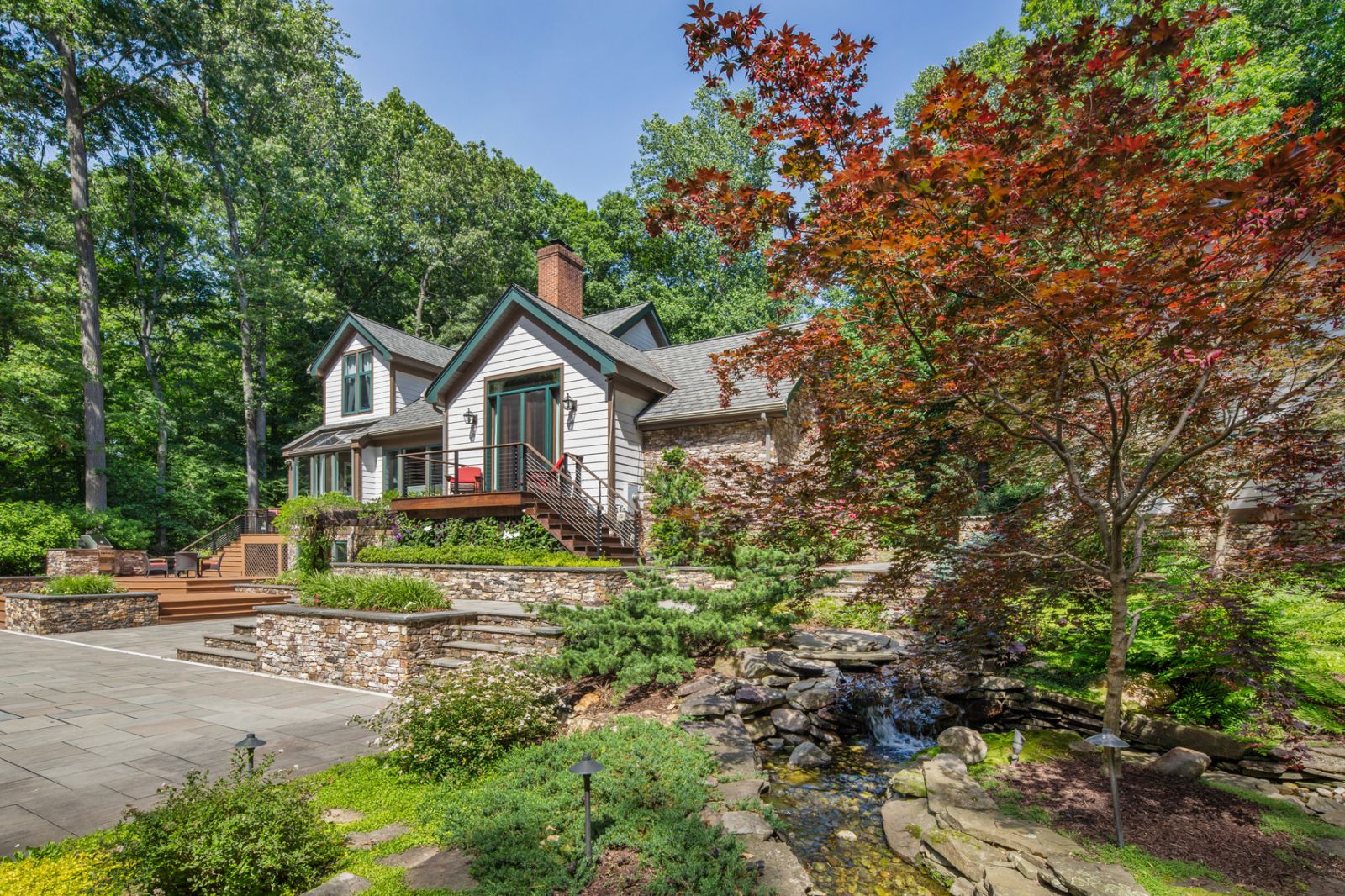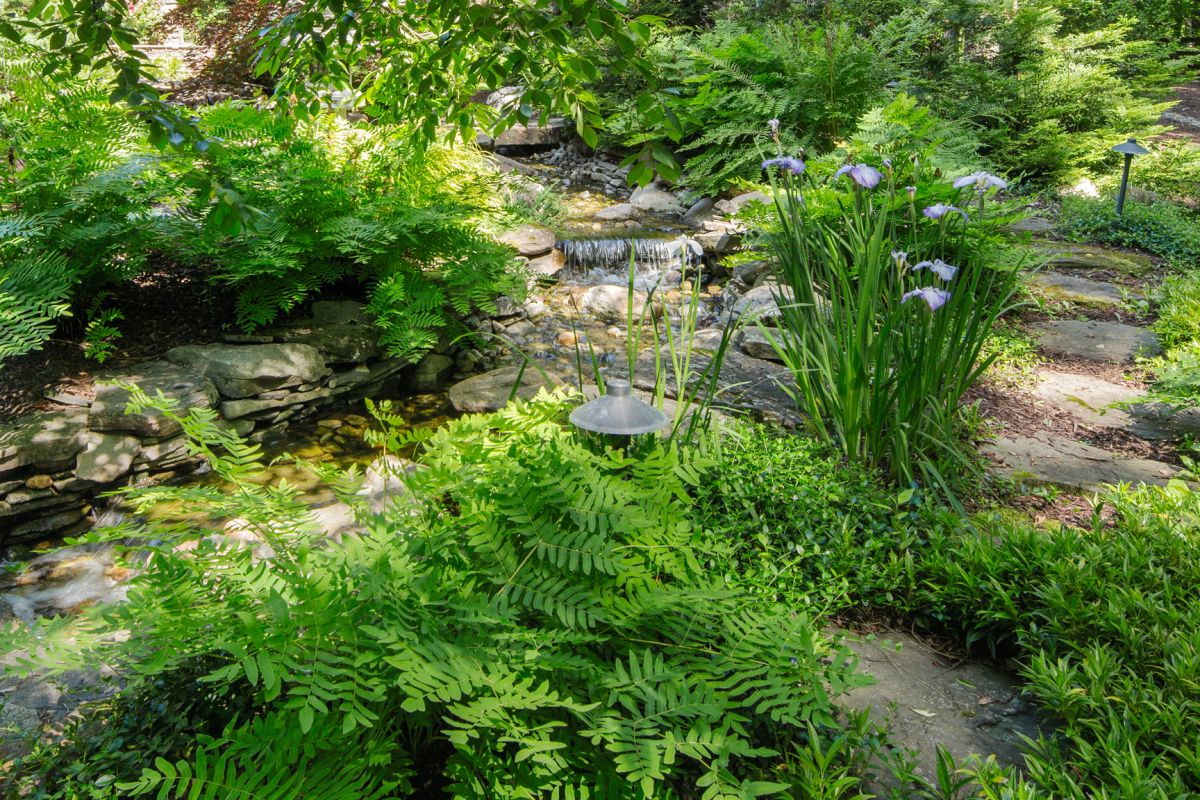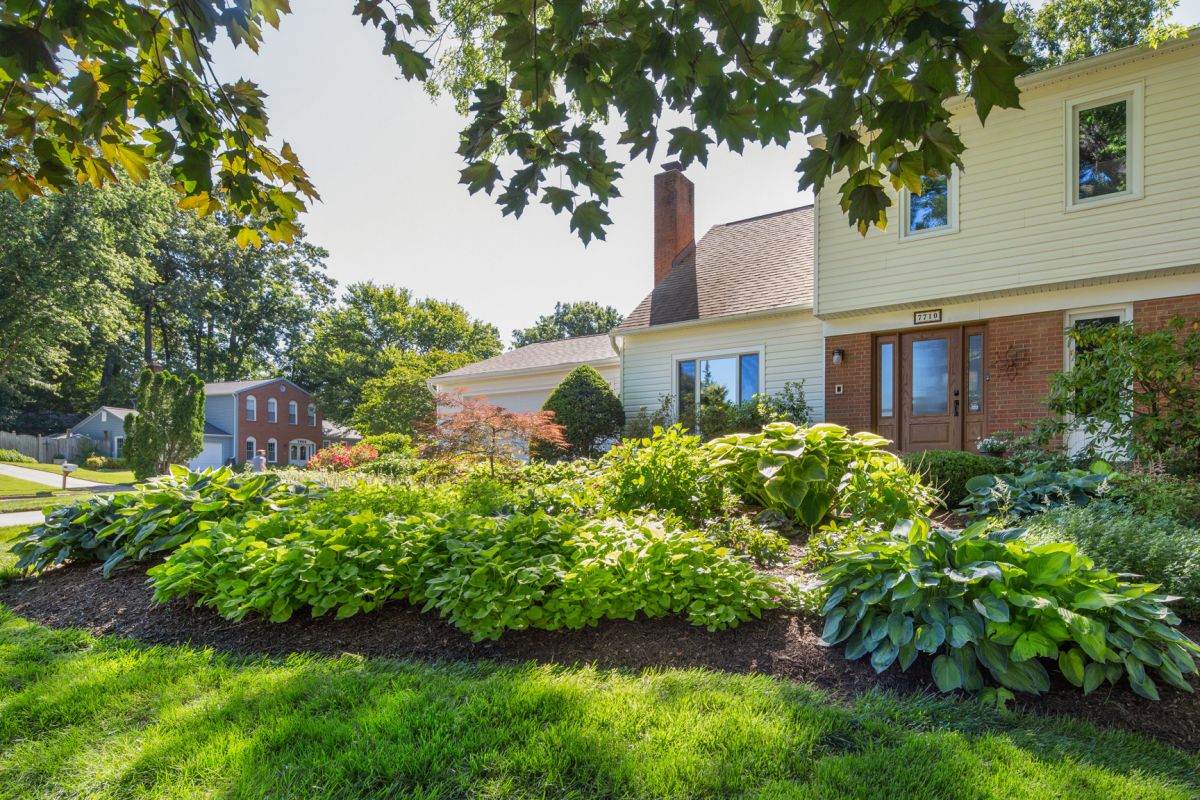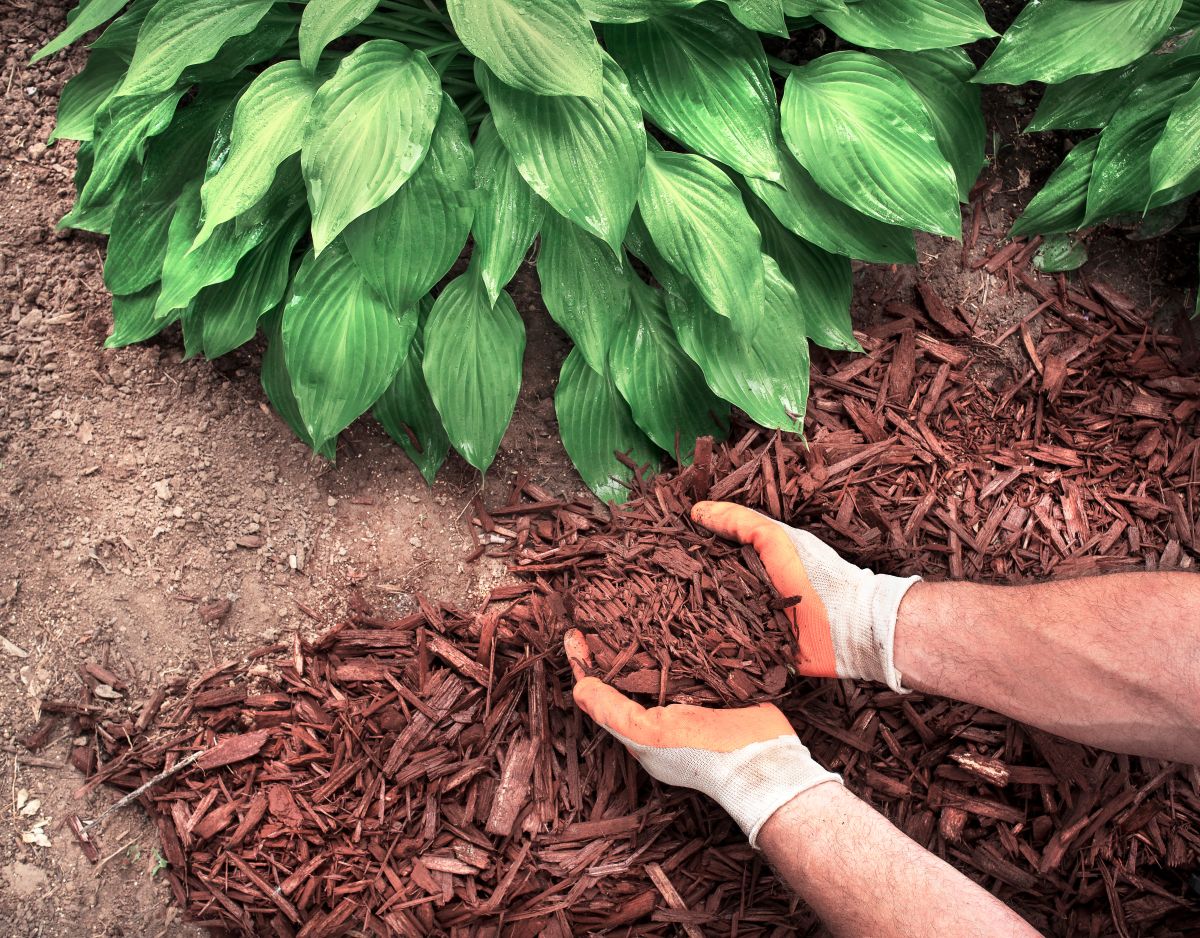The concept of sustainable landscapes is nothing new — it’s been evolving over time since the seventies. Today, more people are recognizing the importance of preserving the environment, but aren’t always sure how to have a landscape that is both sustainable and beautiful.
The truth is, there are many things you can do to create a more sustainable landscape. Here at Brandon Rushing, for example, we know a sustainable landscape starts with quality soil, so we include a soil test and analysis with our lawn care program. We also know the value of using native trees, shrubs and perennials in your garden. In this post, we explore exactly what makes a plant “native” and give you a list of some of our favorites. Read on!
Native plants share these positive characteristics
Native plants can be classified into various categories based on their life cycles, including annuals, biennials, and perennials. That being said, most native plants tend to be perennials, and while there isn’t a strict definition of what constitutes a native plant, they do share a number of positive characteristics.
Native plants:
- Are uniquely adapted to the local environment, evolving over time to withstand specific climates, soil conditions and challenges, making them a low-maintenance option for your garden.
- Have a deep root system that helps improve soil health, prevent erosion, enhance soil structure, increase water infiltration and reduce runoff.
- Are resistant to pests, diseases and drought, reducing the need for chemical intervention.
- Provide essential habitats and food sources for local wildlife, including birds, bees and butterflies.
- Can thrive without the use of pesticides.
- Are resilient, drought-tolerant and better adapted to local conditions, reducing the need for excessive watering, fertilization and pruning.
- Provide a variety of colors, textures and forms that bring a sense of harmony and authenticity to your landscape, creating a space that celebrates the natural beauty of your region.
By incorporating native plants into your landscape, you help create sustainable and environmentally-friendly spaces that conserve resources, support local wildlife and contribute to a healthier ecosystem.
Our favorite native plants
When it comes to low-maintenance native plants ideal for gardens in Northern Virginia, there are several wonderful options to consider. Here are a few standout choices:
- Green Giant Arborvitae — This evergreen is a fast-growing hybrid cultivar that is easy to grow and is relatively free of pests and disease. It’s conical in nature and its rich, dense green foliage doesn’t yellow or brown in winter.
- Forest Pansy Redbud — A small to medium-sized tree known for its stunning flowers that bloom in early spring and showy purple leaves. It's a hardy and adaptable tree that adds beauty to any landscape.
- Rudbeckia Goldstrum — Also known as brown-eyed Susans, this long-blooming, perennial wildflower produces dazzling mounds of yellow flowers with a deep brown center. It’s incredibly resilient and drought-tolerant and attracts pollinators like butterflies and bees.
- Vinca minor (periwinkle) — This drought tolerant, hearty vine boasts a lovely floral display in spring, and can provide coverage for troublesome bare spots beneath trees, on slopes or other areas where ground cover is needed.
- Astilbe — These easy-to-grow, long-blooming perennials have plume-like flowers in shades of white, pink, purple, and red. Held on tall stalks above airy foliage, they are pest-resistant and need minimal maintenance.
- “Francis Williams” Hosta — Also known as plantain lilies, hosta are extremely easy to grow. This particular variety has large, puckered heart-shaped variegated leaves with pale, lilac-colored blooms in summer. A real winner, especially in shaded gardens.
- Switchgrass — This native grass adds texture and movement to the garden. It's highly adaptable, requires minimal maintenance and provides habitat for birds and small mammals.
These are just a few examples of the many native plants suitable for Northern Virginia gardens. They not only offer beauty and interest but also require minimal care once established. By incorporating these low-maintenance natives into your garden, you can create a stunning landscape while supporting the local ecosystem.
How to maintain native plants
Once established, native plants typically require less care compared to non-native species. However, they still benefit from some basic maintenance to ensure their health and longevity. Here are some general care guidelines for native plants in a garden:
- Watering — Once established, native plants can usually rely on rainfall to supply them with enough water. However, during periods of prolonged drought, they may need some additional watering. Water deeply and infrequently to encourage deep root growth.
- Mulching — Applying a layer of organic mulch around your plants helps conserve soil moisture, suppress weed growth and regulate soil temperature. Use a natural mulch and apply it to a depth of 2-3 inches, keeping it away from the base of the plants to prevent stem rot.
- Pruning and deadheading — Regular pruning helps maintain the shape and vigor of native shrubs and trees. Remove any dead, damaged or diseased branches as needed. Deadheading (removing spent flowers) can promote additional blooms and prevent self-seeding.
- Fertilizing — Native plants don't need regular fertilization. However, if a soil test indicates a specific nutrient deficiency, it’s advisable to amend the soil.
- Weed control — Weeds can compete with native plants for resources, so it's important to keep them in check. Regularly inspect your garden for weeds and manually remove them or use mulch to suppress their growth.
- Monitor for pests and diseases — Native plants are typically resilient and less prone to pest and disease issues. However, it's still important to monitor for any signs of trouble.
- Seasonal maintenance — Some native plants benefit from seasonal maintenance, such as pruning back in late winter or early spring to promote new growth. Research the specific care requirements of the native plants in your garden to ensure you provide appropriate seasonal maintenance.
Remember, the care needs of native plants can vary, so it's essential to research and understand the specific requirements of the species you choose for your garden. At Brandon Rushing, our horticulturalists can help you choose the native plants that will thrive in your garden and make it look spectacular — just book a consultation to get started.





